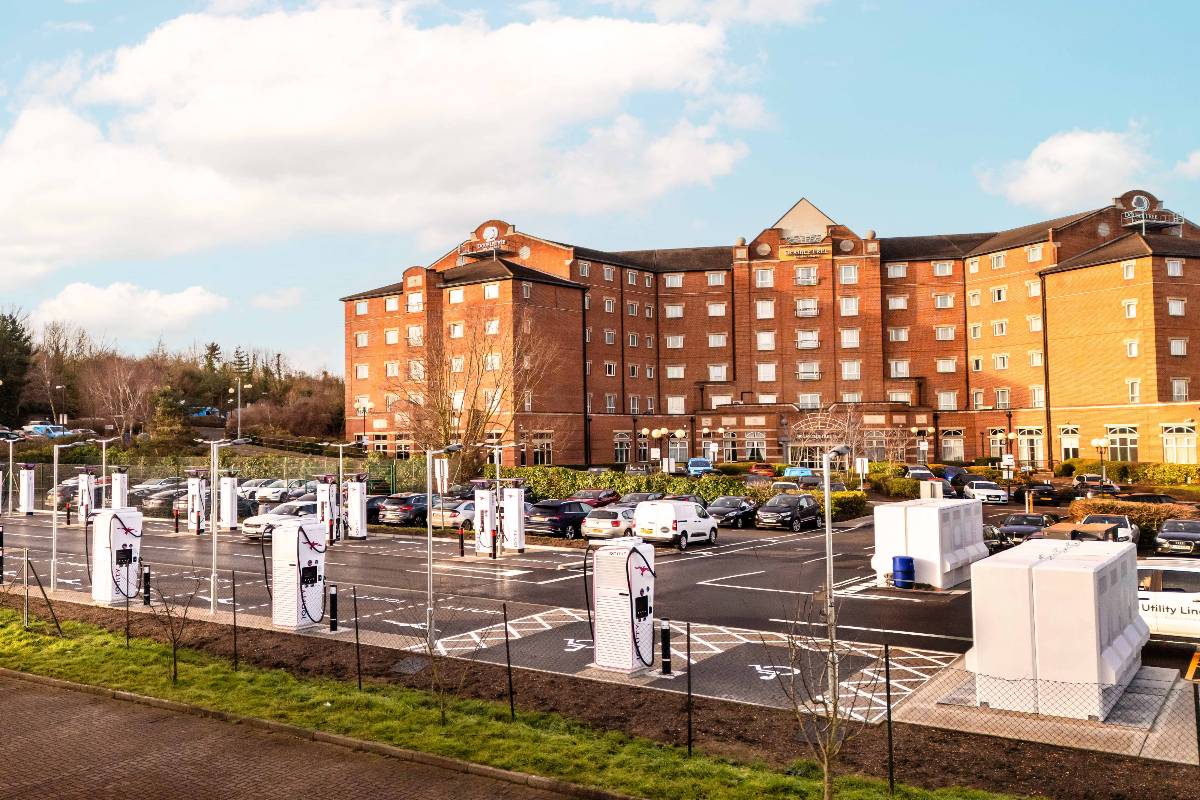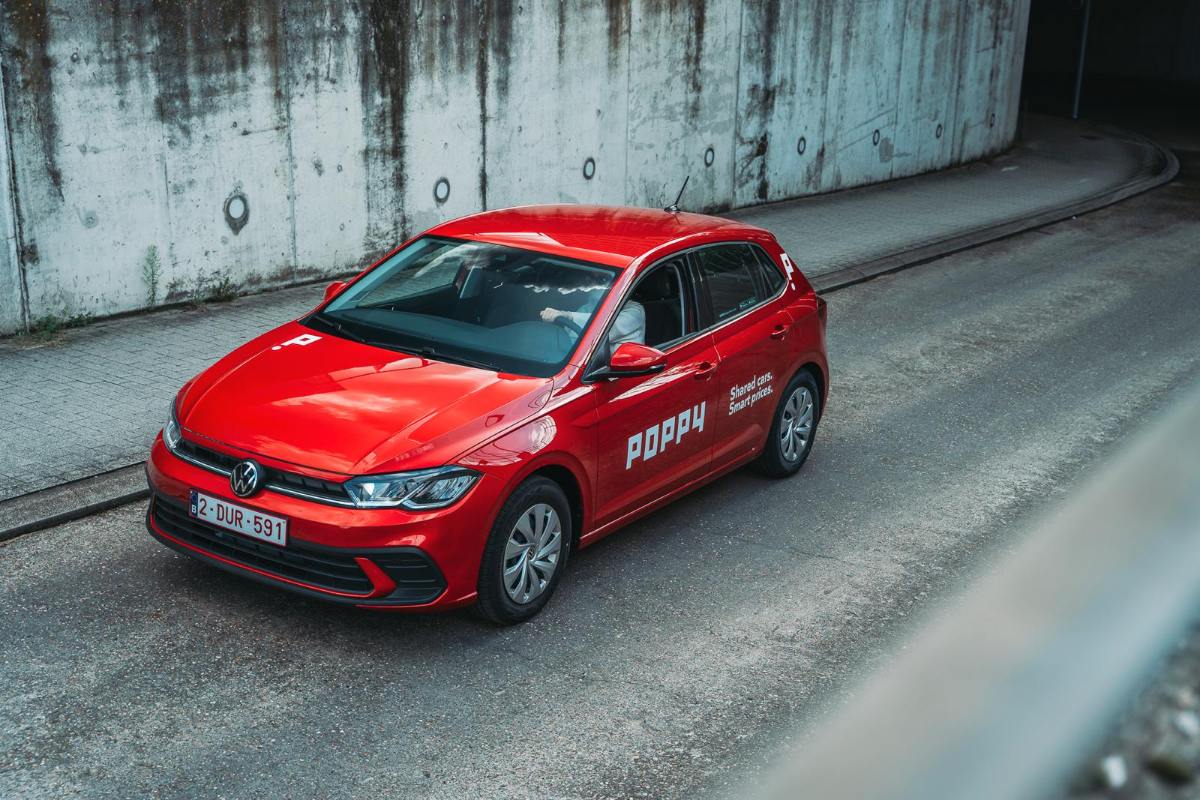Special Reports
SusHi Tech Tokyo 2024: experience ‘Tokyo 2050’ todaySponsored by The SusHi Tech Tokyo 2024 Showcase Program Executive Committee
Smart Cities, Smarter Citizens
Given the high costs of running a city, it’s not surprising that many smart city initiatives focus on improving efficiency and reducing expenditures wherever possible. Global software firms are leading the charge to transform cities through a combination of advanced computer technologies, sensors, highspeed data networks, predictive analytics, big data, and the Internet of Things.

San Diego, California, and Jacksonville, Florida, recently announced trials of that uses LED street lighting to collect and analyze data. In effect, every lamppost becomes an active node in a city-wide information network, capturing and relaying data in real time about what’s going on around it. This includes monitoring traffic, managing parking, find potholes, and keep track of roadwork—mostly by modifying or enhancing existing municipal infrastructure.
Download this O’Reilly report, provided by PTC, to hear how:
- Military planning around Bagdad during Saddam Hussain’s trial found its way into New York
- The correlation between property taxes & structural fires prioritise building inspections
- Neighborhoods that are more engaged with other neighborhoods have less crime
- Local is the perfect scale for smart-technology innovation
- The give-and-take between a city’s digital assets & its citizens will be absolutely fundamental
in association with:


















